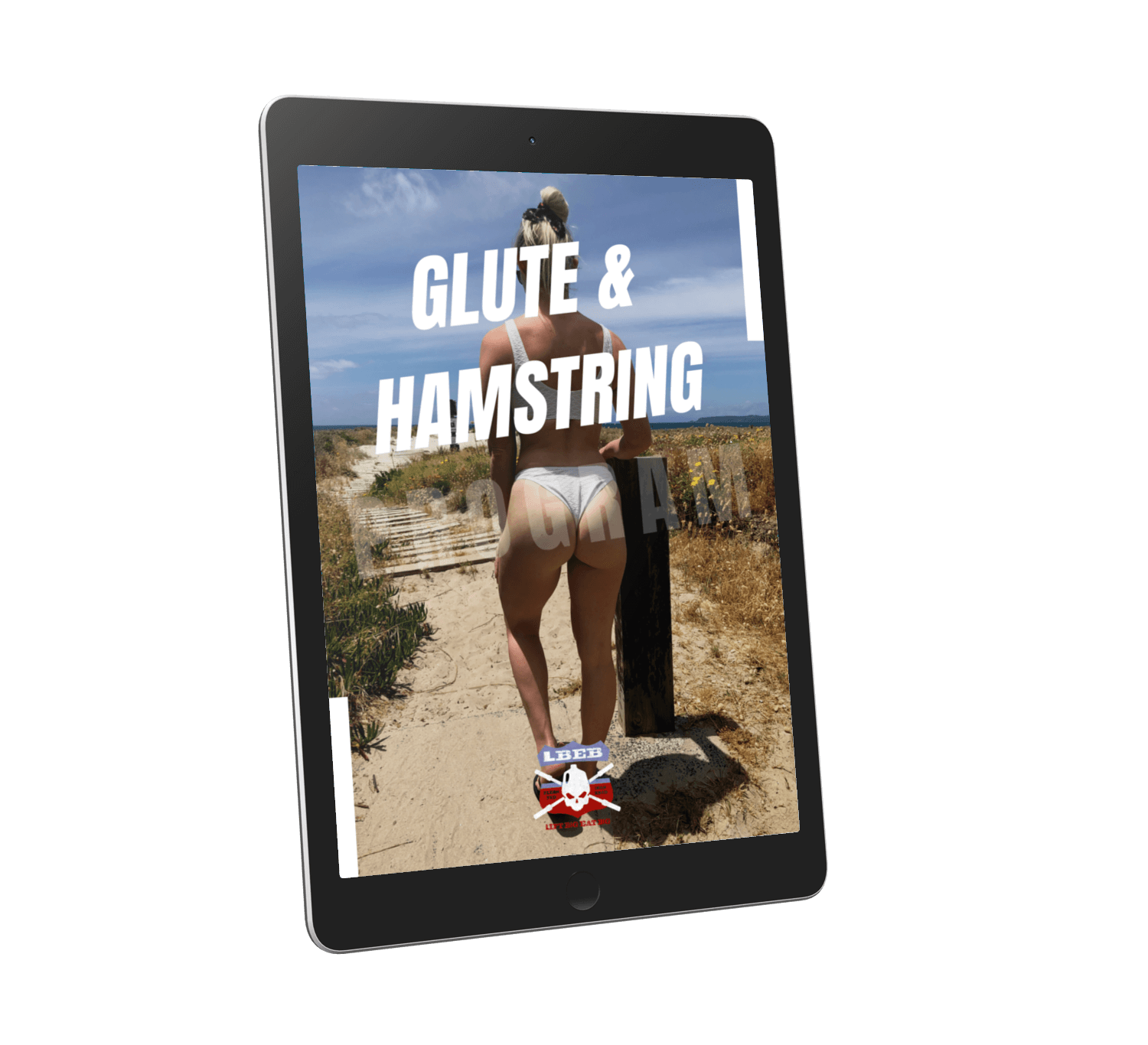My opinion surrounding the step-up has changed in recent years. It used to be an exercise I rarely programmed or cared about. But after seeing the research and anecdotal evidence and spending more time doing them, I’m sold, especially for glute development.
Step-ups are excellent for developing the glutes. They elicit high glute muscle activation due to stabilizing the knee and hip while simultaneously extending the hip—the primary role of the glutes.
Safe to say, step-ups are a brilliant way to get a bigger butt. But which type of step-up? And how do you do them effectively?
Table of Contents
Are Step Ups Good For Glutes?
Steps are an excellent glute exercise. Research has shown the step-up to elicit the highest gluteus maximus muscle activity compared to any other exercise [1]. In ranked order top to bottom, these are the step-up variations with the highest glute activation:
- Step Up
- Lateral Step Up
- Diagonal Step Up
- Crossover Step Up
The step-up recruits the glutes so well because they extend the hip while stabilizing the pelvis and knee. Interestingly, there’s also anecdotal evidence from the world of international Weightlifting.
This article details how the Bulgarian Weightlifting team dropped the back squat in favor of the step-up. Many lifters hit personal snatch and clean & jerks, with the world record holder Leonid Taranenko only performing the step-up for heavy leg training in the four years leading to his record.
What’s most interesting is how the coaches remarked the step-up developed more complete muscularity of someone who also sprinted and jumped versus someone who just lifted heavy weights.
Essentially, your legs and glutes will look more athletic using the step-up over the squat for glutes. It’s important to note that you need to do your step-ups heavily and stand up straight. Not this bodyweight step over the box keeping your knees bent and butt out.
That will do nothing for you. The largest glute muscle, the gluteus maximus, requires heavy loads to be fully recruited [2].
How To Do Step-Ups For Glutes
One modification you must make to target the glutes with the step-up is to increase the box height. A higher box means greater hip flexion. That means the glutes do more work to extend the hip.
How high should the box be? You can vary the height based on the session but typically just above where the top of your thigh is parallel with the floor. Here’s how to do it:
- Standing with the box in front of you, step your right foot onto the box. Drive through your full foot with minimal push from your back leg.
- Extend the leg and finish with your left foot on the box. Slowly return your left foot to the floor to lower yourself down. Repeat on the same leg or alternate legs.
You may notice that some individuals do all reps on one leg versus alternating the other. Some people will leave the foot on the box for all reps. In my experience, the best way to do these is to do all reps on one leg before switching to the other.
For example, if you have 3 x 6, you would do 6 reps on your right leg, 6 on your left leg, then rest. I will also keep my foot on the box but lift it to place it back down for each rep. It feels better doing this and mimics the step for each rep.
Regarding loading, I prefer the barbell on my back as loading heavy enough holding dumbbells can be challenging.

Step-Up Workout For Glutes
A1) Barbell Step-Up 5 x 8
B1) Romanian Deadlift 4 x 8
C1) Hip Thrust 3 x 15
Summary
I slept on the step-up for too long to get big glutes. Don’t do the same. Start with a box that brings the top of your thigh slightly above parallel, and slowly work to higher box heights. Increase the loading with a bar on your back, and you have a recipe for sprinters’ legs.
References
1. Neto, W. K., Soares, E. G., Vieira, T. L., Aguiar, R., Chola, T. A., de Lima Sampaio, V., & Gama, E. F. (2020). Gluteus maximus activation during common strength and hypertrophy exercises: A systematic review. Journal of sports science & medicine, 19(1), 195.
2. Beardsley, C., & Contreras, B. (2014). The increasing role of the hip extensor musculature with heavier compound lower-body movements and more explosive sport actions. Strength & Conditioning Journal, 36(2), 49-55.

